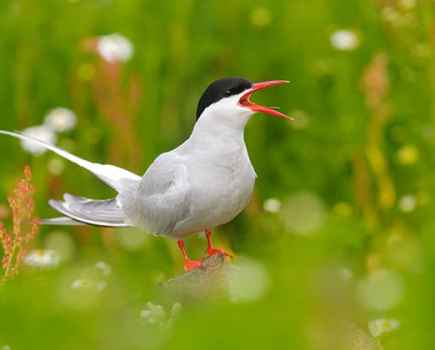
June 22, 2018
Tips on how to photograph summer birds
With long daylight hours and the breeding season in full swing, summer is a great time to hone your bird photography skills, says Oscar Dewhurst
Advertisement
Whether you’re new to wildlife photography or looking to improve your skills, we have plenty of tips and techniques to help you on your way.
We’ll also help you choose the best camera and the best lens for wildlife photography, whether you’re simply wondering which focal length to use or are looking for the best kit too.
For those already kitted out but looking for location ideas, we can also point you in the direction of the best spots to get great animal and nature shots.
If you’re a beginner, get started with our tips with our complete guide to wildlife photography, or have a go at creating black and white animal photos, or learn how to capture great bird shots in your own garden.
What is the best focal length for wildlife photography?
The best focal length depends on how close you can get to your subject. If you’re forced to keep your distance then a longer focal length will serve you much better, aim for somewhere around the 300mm or 400mm range.
How can I be an ethical wildlife photographer?
Opinions on how to behave as a wildlife photographer, wildly differ. Photographers can’t all be expected to be experts in animal behaviour but do have a duty of care. A deep love of nature is paramount, and every life form is treated with equal importance and put before any photographic pursuit.
If you’re asking yourself uncomfortable questions about whether your approach to photographing a subject is ethical, then it most likely isn’t.
What is the difference between nature and landscape photography?
Landscape photography tends to encompass whole scenes, capturing a much wider view, while nature photography focuses on much smaller elements, such as animals and plants.

June 22, 2018
With long daylight hours and the breeding season in full swing, summer is a great time to hone your bird photography skills, says Oscar Dewhurst

April 27, 2018
These migratory birds arrive in Britain for spring, says Paul Hobson. Once heard, the song of the nightingale is never forgotten
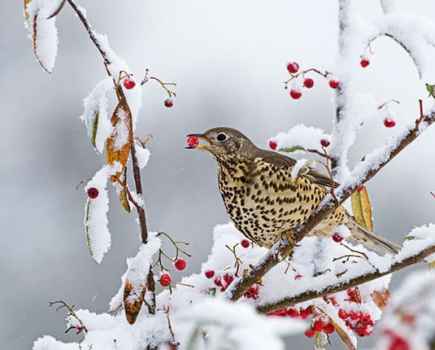
January 26, 2018
Looking to get great garden bird shots this winter? With RSPB’s Big Garden Birdwatch this weekend, top pro David Tipling shows you how to capture stunning results

November 20, 2017
With their striking dark heads and orange-red breasts, stonechats are beautiful subjects to capture and are easily accessible over the winter, says Oscar Dewhurst

October 30, 2017
From locking antlers to grazing quietly in the morning mist, red deer are a gift to photographers, says Oscar Dewhurst
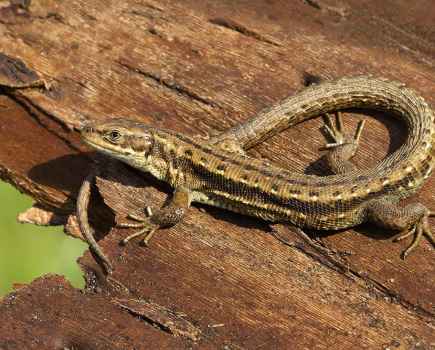
September 14, 2017
Take a trip into the reptile realm with wildlife photographer Jason Steel. He passes on his tips and tricks for photographing reptiles to get you started
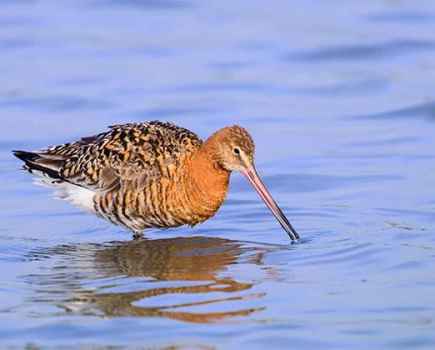
September 1, 2017
In autumn many species of waders head south and settle around the UK coastline. Oscar Dewhurst explains how best to capture them

April 19, 2017
Removing colour from a wildlife image provides a degree of abstraction, and can elevate a picture from something illustrative to a piece of art, says David Tipling
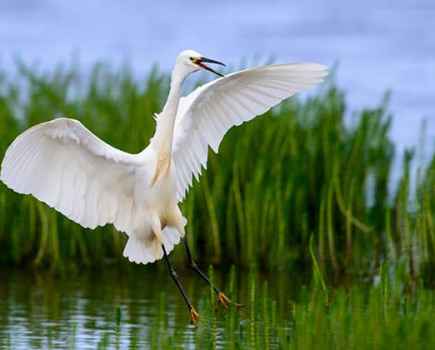
April 13, 2017
These elegant birds are covering more of the UK every year, says Oscar Dewhurst. But they are wary so require a patient approach

March 19, 2017
Widespread, conspicuous and tolerant of humans, cormorants make great winter subjects, says Oscar Dewhurst

February 10, 2017
This time of year is perfect for photographing seasonal wildlife such as hares, waders and squirrels. Top nature photographers John and Tracy Langley share their best tips